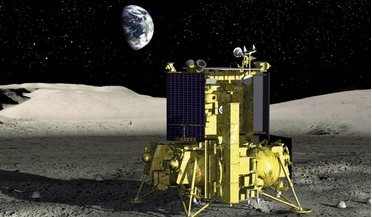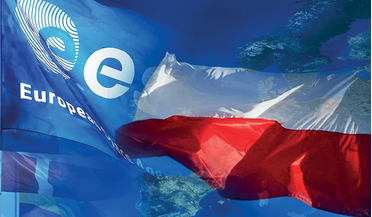 March 2016
Searching for water in the Solar System
March 2016
Searching for water in the Solar System
... due to the compaction of sediments deposited by water. The region was imaged by the High Resolution Stereo Camera on Mars Express on 20 July 2015. At the core of this question is the abundance of volatile-rich planetesimals migrated from the outer...
 March 2016
Rosetta – Starting from Scratch
March 2016
Rosetta – Starting from Scratch
... space. So he continued his efforts and, also thanks to the approval of further interplanetary missions like Mars Express and Venus Express, he managed to build a network of three deep space antennas: after New Norcia, came Cebreros in Spain...
 August 2016
Polish Space Agency pursues task of developing country’s space expertise
August 2016
Polish Space Agency pursues task of developing country’s space expertise
... with Polish-built equipment included in almost every flagship research mission by ESA (Cassini-Huygens, Integral, Mars Express, Rosetta, Venus Express and Herschel). POLSA must also create conditions for Poland’s space policy to serve society and...
 November 2019
PROSPECTing for lunar polar volatiles
November 2019
PROSPECTing for lunar polar volatiles
... previous European landers including Huygens, Beagle2, Philae and Schiaparelli, and has supported the implementation of the Mars Express, Venus Express, and ExoMars 2016 and 2020 missions.
 November 2018
Pole star rising
November 2018
Pole star rising
...produced by a start-up founded by Polish scientists, Creotech Instruments. The Curiosity Mars Rover is fitted with infrared detectors manufactured by Poland’s VIGO System, and the Mars Express mission has been equipped with a power system and scanner...
 October 2020
Pandemic impacts - the state of the ground segment
October 2020
Pandemic impacts - the state of the ground segment
..., Western Australia, is designed for communicating with deep-space missions and provides support to spacecraft such as Mars Express, Rosetta and Gaia. Cooperation In the absence of complete vertical integration, where one party controls the entire...